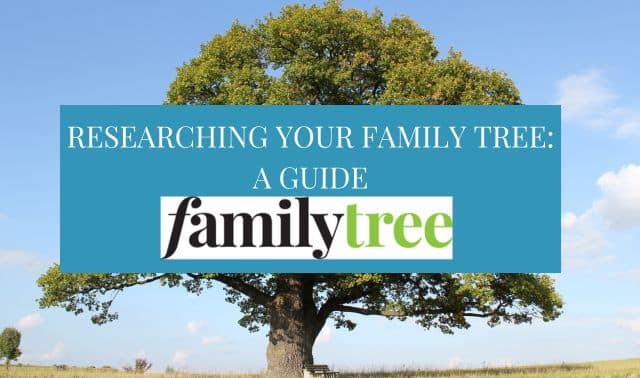You’re trying to read an ancestor’s record and you keep coming across puzzling words that don’t seem to make sense. These tips will help you sort out old-fashioned writing:
1. Since spelling wasn’t standardized until education became universal in the 20th century, many people spelled phonetically. How someone pronounced a word also affected his spellling. Read the word aloud: Hearing it may reveal what the author meant to write.
2. Familiarize yourself with these common spelling irregularities:
- Using y for i (fyne instead of fine)
- Interchanging i and j (Iohn for John)
- Interchanging u and v (neuer for never and vnto for unto)
- In the Colonial era, an elongated s, resembling an f, in words that have a double s (pafs for pass)
- A single consonant where you’d find two in modern English (al instead of all)
- A double consonant where you’d find one in modern English (allways instead of always)
- ff for F
- the thorn, an Old English symbol that represents a th sound. The thorn looks like a y in writing, so ye means the (this is where “ye,” as in Ye Olde Curiosity Shoppe, comes from).
3. Paper and ink were costly and writing with a quill was laborious, so our forebears often shortened common words and proper names. Get to know these types of abbreviations:
- Contractions, which remove letters from the middle of a word, may substitute a tilde (~) or an apostrophe for the missing letters: dec’d for deceased
- A writer would lop off half a word and sometimes add a semicolon, colon or period to form a shorter suspension: wid. for widow
- Abbreviations with superiors are shortened words featuring the final letter in superscript, such as Abm (Abraham)
4. Look for these common abbreviations
- do for ditto
- chh for church
- sd or sd for said
- rect for receipt (what our ancestors often called a recipe)
- f. for son of and fa. for daughter of (derived from Latin)




